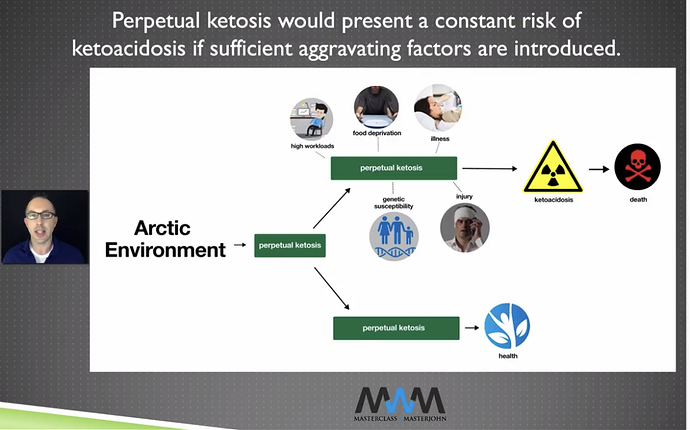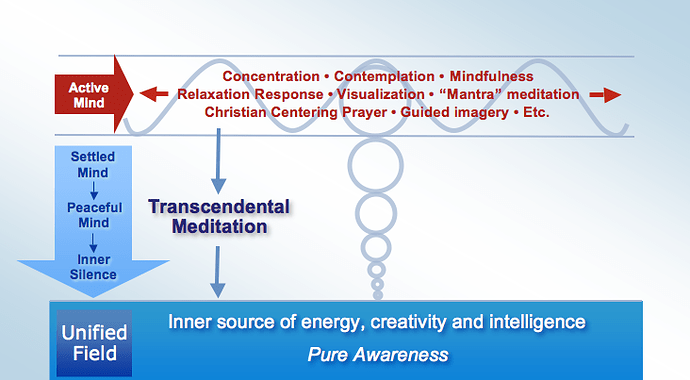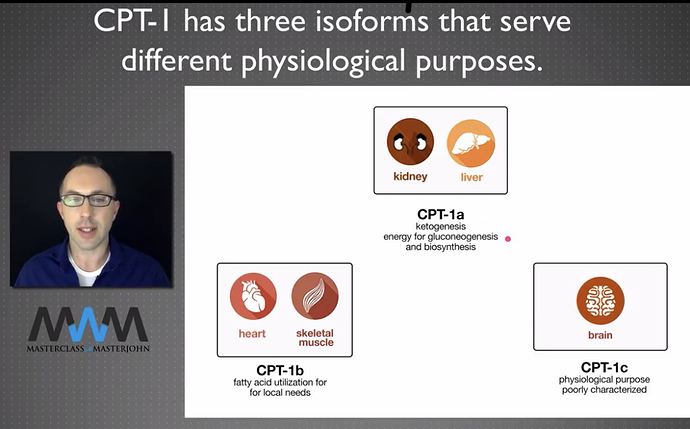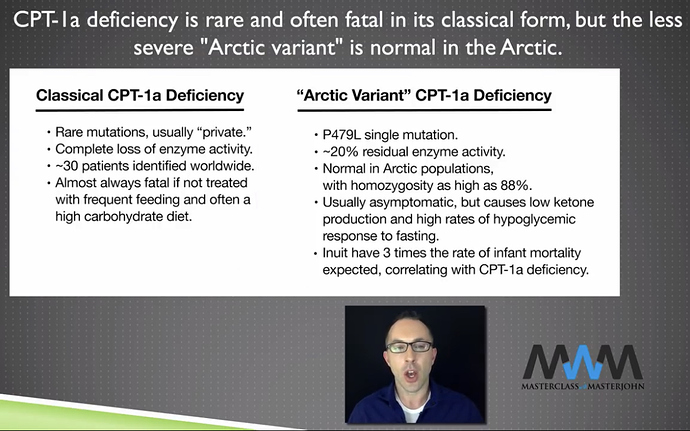Polyunsaturated fats get you into ketosis much faster and produce higher ketones, I had known this many years ago despite the recent research on the subject but DeLauer brought this back to my attention in his recent video.
Which Fats Get You Into Ketosis Faster?
Related:
[1] “…DHA is a 22-carbon-long omega-3 fatty acid. It is primarily found in fatty fish, seafood, fish oils, and algae. The main role of DHA is to serve as a structural component in cell membranes, particularly in nerve cells in your brain and eyes. It makes up about 40% of polyunsaturated fats in your brain…” …More
[2] “…The two major classes of polyunsaturated fatty acids (PUFAs) are the omega-3 and omega-6 fatty acids. …” …More
[3] “…Long-chain omega-3 polyunsaturated fatty acids (PUFA in particular exert anti-inflammatory effects; it is recommended to increase…” …More
[4] “…Given the available in vivo evidence and the ability of human adipocytes to aquire a beige phenotype in response to eicosapentaenoic acid incubation, future studies should test the hypothesis that fish oil activates thermogenic brown and beige adipose tissue in humans. …” …More




 Animal source PUFA doesnt scare me much, even if the grain/grass fed ratio is a bit different.
Animal source PUFA doesnt scare me much, even if the grain/grass fed ratio is a bit different.  Whale blubber though…
Whale blubber though… 


